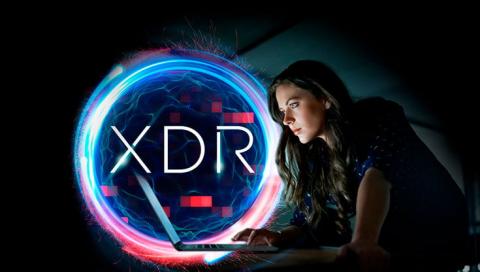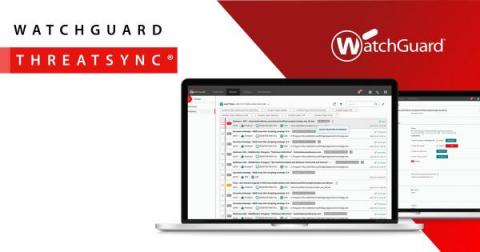What is the difference between XDR and SIEM?
Over the past twenty years, security information and event management (SIEM) platforms have been one of the key solutions for cybersecurity management, as they help security teams centralize attack and threat detection activities. The cybersecurity industry is now shifting towards a new type of solution known as extended detection and response (XDR). As the two technologies are similar and have overlapping capabilities, many people still don’t know how they differ.










